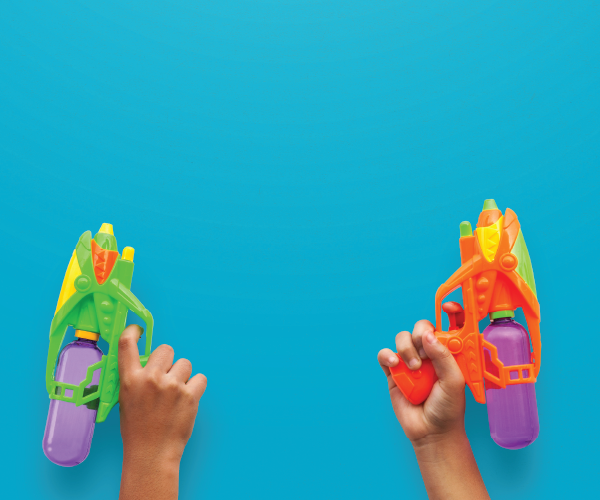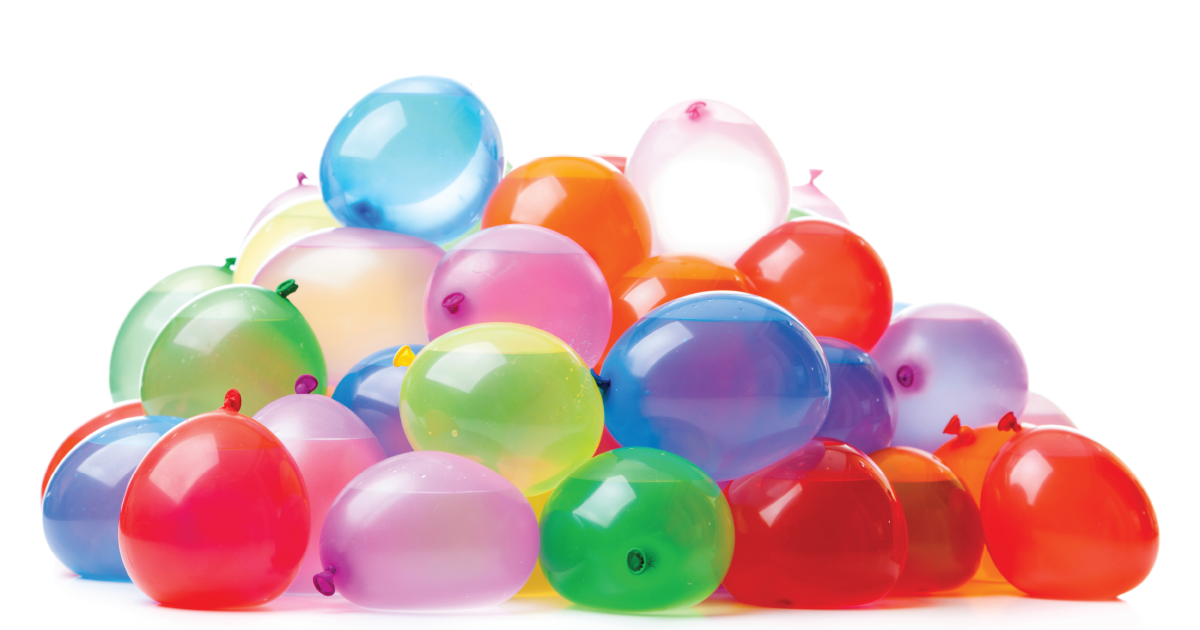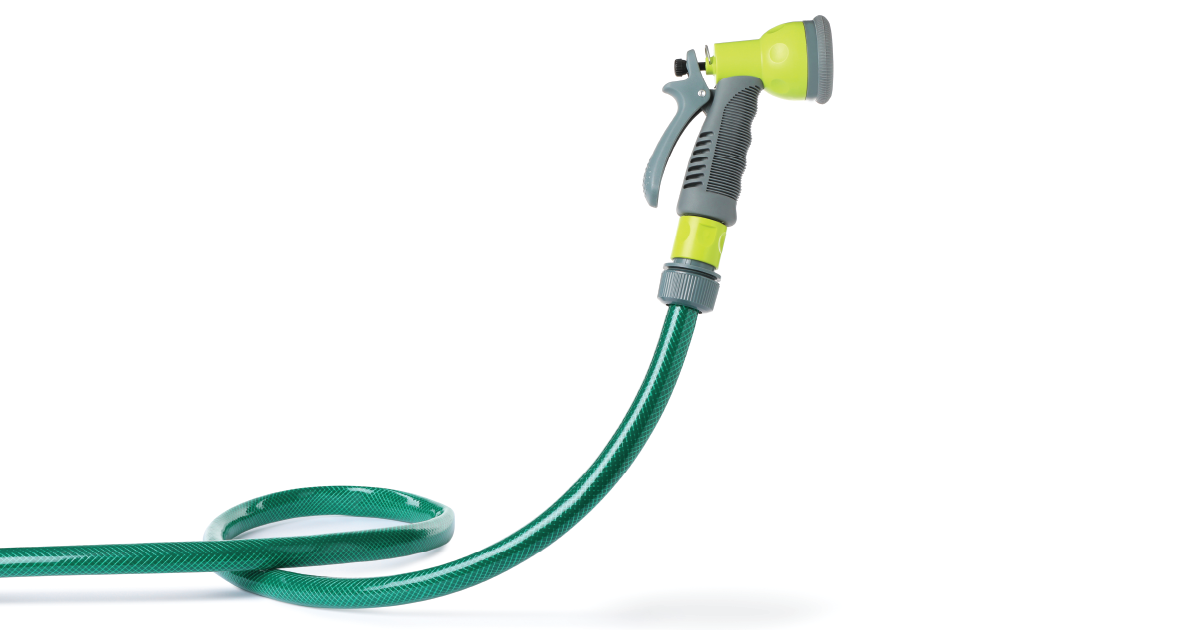
Water Wars
November 22, 2022
7 minute ReadBy Elsbeth Russell
Ernie Ionno has been working at car washes for nearly his entire adult life.
He started out at the age of 23 by answering a “Help Wanted” ad in the local paper. That led to several decades of acquiring and upgrading older washes and consulting with others.
These days, Ionno is working on developing a brand-new wash in Carson City,Nev.
Throughout the years, Ionno has had a front-row seat to the ways technology has improved the ability for car wash professionals to preserve one of our greatest natural resources –water.
“Utilizing state-of-the-art production line control technologies and reclaim systems along with today’s modern free-rinsing soaps and detergent, a professional car wash is much like today’s modern high-efficiency dishwasher, or high-efficiency laundry machine,” Ionno said. “And washing a car professionally is the most efficient way to wash a vehicle.”
WEAPON #1: TECHNOLOGY
“I had a production line controller that would turn on maybe a foot before the car even got there and it turned off late, maybe a foot or two after the car left,” Ionno said. “Now it’s precise within inches, so it’s much more precise when the water turns on and when the water turns off.”
While computer programming lends to more efficiency, Ionno said not all improvements involve software and hardware. He can even see improvement in today’s detergents.
“They rinse so much better,” Ionno said. “We try to do most of our detergents in the beginning, as far forward in the car wash as we can. Then as it’s going through brushes, etc. and with that fresh water wet down that lubricates the brushes it’s already starting to pre-rinse the car and we need less water.”
While developing his new car wash, Ionno became intimately aware of just how efficient he can be, down to the amount of water needed to wash each vehicle: 32 to 35 gallons. Ionno and his team arrived at this number by looking at past water consumption amounts on water bills and dividing that by the number of cars washed for the corresponding month.
Conversely, Ionno said the average home washer may use up to 100 gallons of water per car, making the savings on water usage an obvious one.
Just down the road in Vallejo, Calif., Jack Anthony III, another lifelong car wash professional, has also witnessed the way technology has changed the game for car washes.
“It was kinda like, you know, apple pie and the girl next door: you washed your car in your driveway, and that's just how we did it,” Anthony said. “But as time goes on, they’ve done studies to see the pollution and the amount of water usage that consumes. Plus the time. People don’t have time anymore.Our society travels at such a fast pace it doesn’t make sense to sit out there and wash your car in the driveway anymore.”
Anthony said that faster pace mirrors how far the technology has come in terms of conservation of water resources.
“Everything is computerized now, so make sure you’re not spraying water before the car or after the car,” Anthony said. “You’re not putting chemicals on the tires too soon or letting it go too late. You can dial all these things in really tight.”
In addition to making sure settings are programmed correctly, Anthony said operators should consider other water uses, down to the landscaping around the car wash. Drought-resistant plants and more limited landscaping can help cut down on water usage even further.

WEAPON #2: EDUCATION
While the car wash industry has seen huge conservation benefits from the advancements in technology, both Ionno and Anthony agree that it’s important to spread the news, as many may not be aware of these efforts in the industry.
“We used to be the bad guy,” Anthony said. “In other words, we were part of the problem, and now they understand that we’re part of the solution.”
In Carson City, Ionno said that going through the process of requesting water usage from the city as a developing business has been an eye-opening experience about just how important education can be.
Ionno said his business proposal received some upfront pushback on the amount of water requested. What resulted was an educational campaign, with Ionno working with the city, planners and engineers to show how a car wash would actually help to conserve water in the area.
“It was a process of educating them on our consumption and so forth,” Ionno said. “We were showing that we’re good stewards of the water and that we as an industry, and as an operator, take water conservation very seriously. We believe that every car washed at a professional car wash –and we used our car wash as an example in this case, but I think it’s true of all car washes –is a net gain for the city. A net gain of water saved.”
Meanwhile, having served on International Carwash Association’s board of directors as ICA president in 2005 and on the Western Carwash Association’s board of directors, Anthony is also no stranger to advocating on behalf of the car wash industry.
His experience has shown how important it is to work with local government agencies.
“The first and probably the foremost is make sure that the people in the water agencies are aware that professional car washes are part of the solution, not part of the problem,” Anthony said. “Washing your car at home uses much more water –it’s harmful for the environment.”

WEAPON #3: COMMUNICATION
Both Anthony and Ionno are members of ICA’s WaterSavers® Program and said these agencies can be powerful advocates for spreading the word locally about how using a professional car wash can help to save water.
They also said membership in WaterSavers® and associations like ICA have been a huge help in these endeavors.
Ionno has seen that to be especially true as he’s worked to get his business plan approved by the city.
“We were able to show that we’re members of the WaterSavers® Program, we are active members with our regional and International Carwash Association and how the associations take this very seriously,” Ionno said. “Each of our associations has a drought management response plan and then we as an individual and operator have a drought management response plan.”
Both men also say that signage provided by the WaterSavers® program has been a huge help for educating customers who come into their car washes. However, material aimed at the general consumer is even more important for spreading the word to folks who may not come into the car wash.
“Posting our WaterSavers® signage is very helpful for educating customers, but we only wash a small percentage of the motoring public, and most of those people already know,” Ionno said.
“It’s really, ‘How do you reach the people that aren’t using professional car wash?’” he said. “We're very effective with the Chamber of Commerce and we’ve been able to get the word out through our local newspaper.
”In Vallejo, Anthony has been successful partnering with his local agencies as well.“Everybody gets a monthly water bill or bimonthly water bill, and we’ve actually worked with them and sent out free car wash coupons,” Anthony said.

PREPARATION WINS THE WAR
While times of drought are cyclical, both Anthony and Ionna said that there’s never really a down time when it comes to focusing on saving water. It’s good for the environment, but it’s also just good for business.
“Metered water and sewer is very expensive –it’s one of our highest operating expenses –so we try to use the least amount of water,” Ionno said. “We don’t have a wet environment or drought environment plan –at least I don’t –and we’re always thinking about using the least amount of water possible while maintaining a high quality wash and clean and shiny car. Using too little water and sacrificing quality will send consumers back to their driveways and using 100-plus gallons of water.”
And if you live in an area that’s not prone to drought, that doesn’t mean you’re off the hook, Anthony said.
“If you’re not in a drought now, at some point in time you will be, so take care of your natural resources, is all I’ve got to say,” Anthony said. “Don’t waste them because they get more and more expensive every day.”
Indeed, as of the writing of this article, the National Integrated Drought Information System reported that 40.1% of the U.S. and 47.57% of the lower 48 states are in drought.
“All these little things may not seem like much, but it adds up to a lot if everybody is involved,” Anthony said. “You’ll save money, you’ll save water, and you’ll have a better facility.”
Want to Get Involved with WaterSavers®?
Here’s the criteria for membership...
ALL PARTICIPANTS
-All water discharge must be routed to water treatment or a leech/septic field as permitted
-A backflow prevention device must be installed and operable on the potable water supply
-All spray nozzles must be inspected annually to ensure maximum efficiency of water used-All water-saving devices must be maintained to original or improved specifications for the conservation of water
-Spot-free reverse osmosis concentrate (a.k.a. “reject”), if such a system is used, must be reused in the wash process
-The car wash must meet all local effluent criteria
CONVEYORIZED OR IN-BAY/ROLL-OVER WASHES
-Maximum of 40 gallons of potable/fresh water per average wash package
SELF-SERVICE WASHES
-Maintains high-pressure wash nozzles and pump systems that use fewer than three gallons per minute








